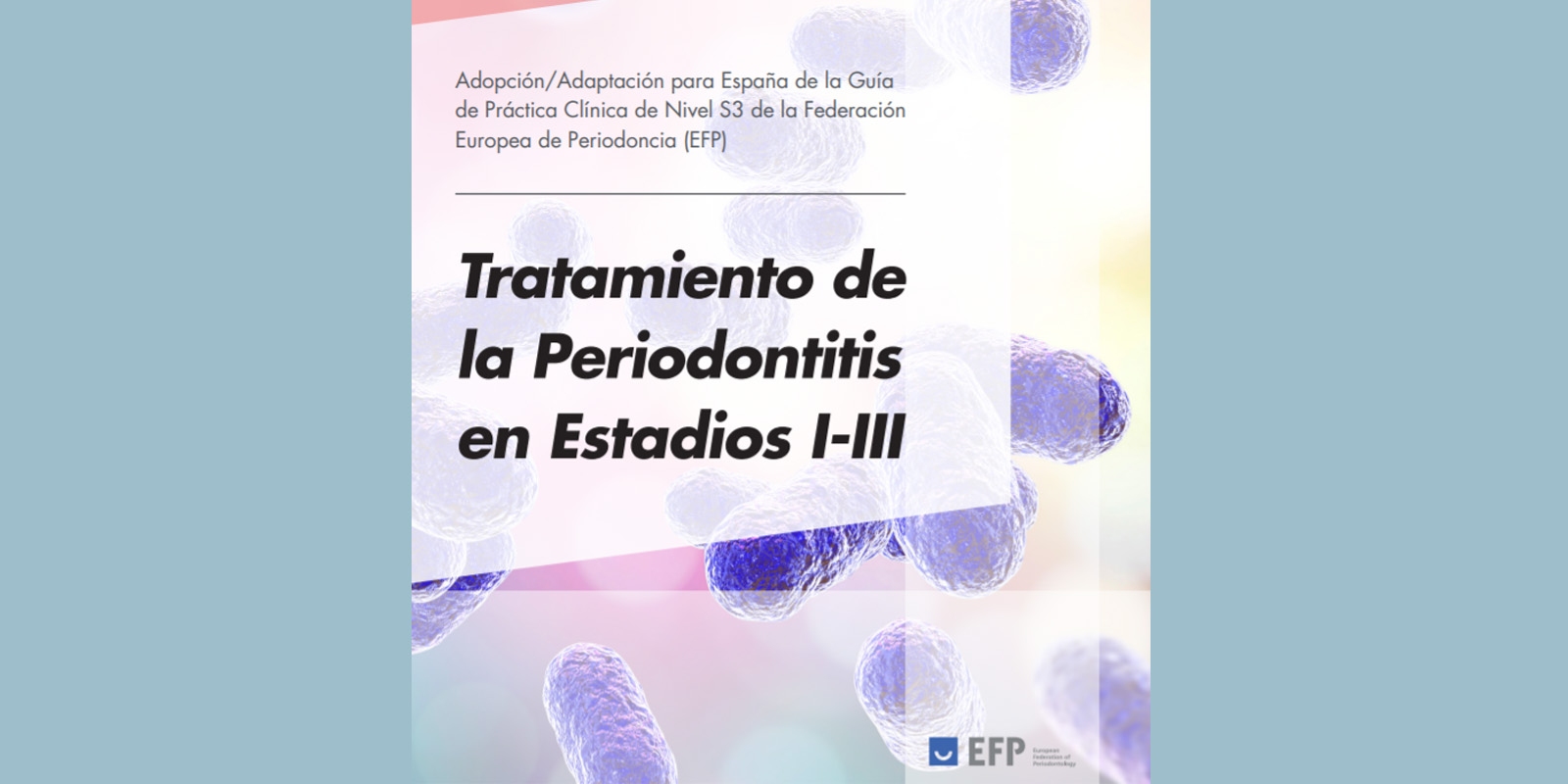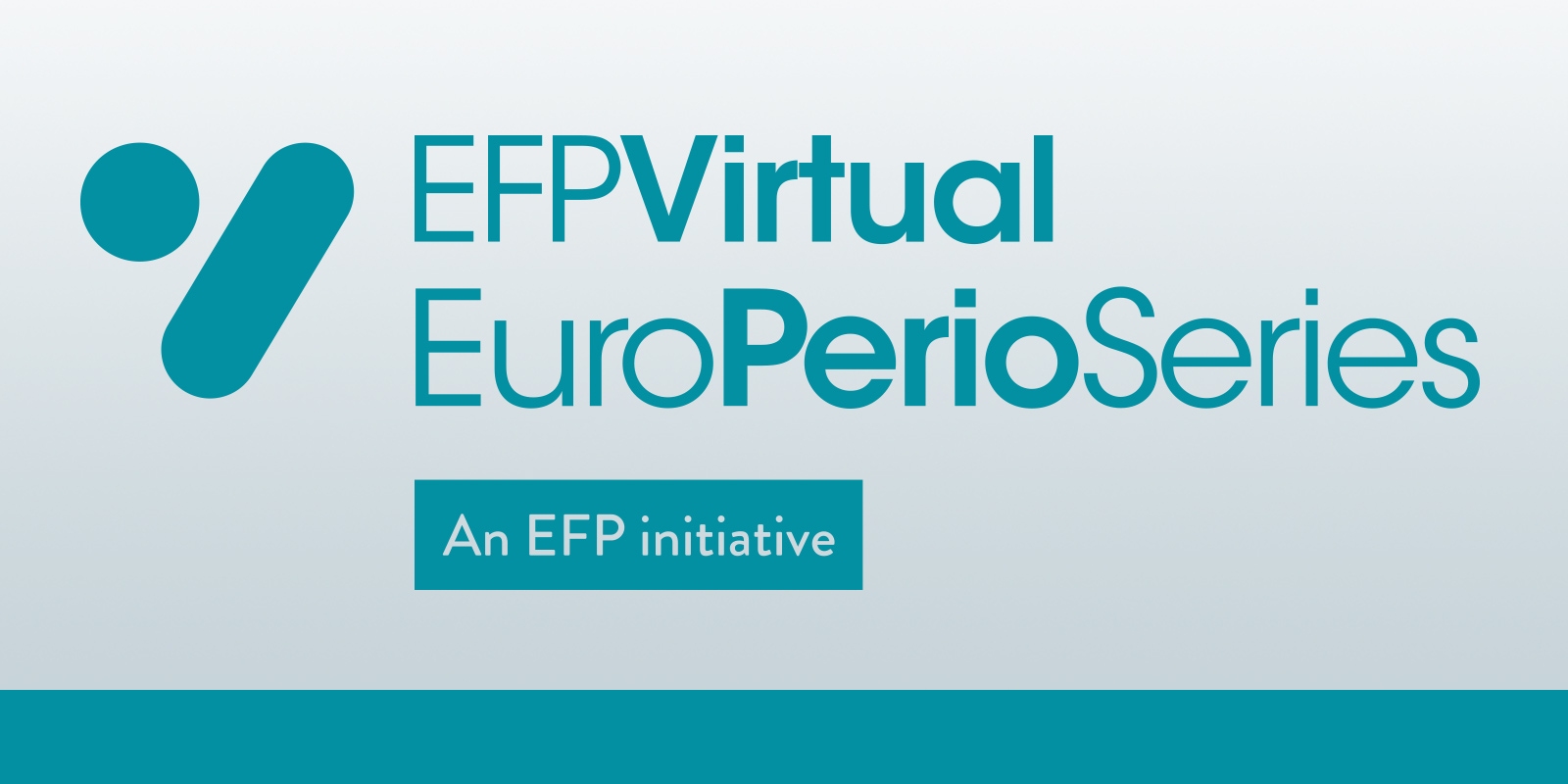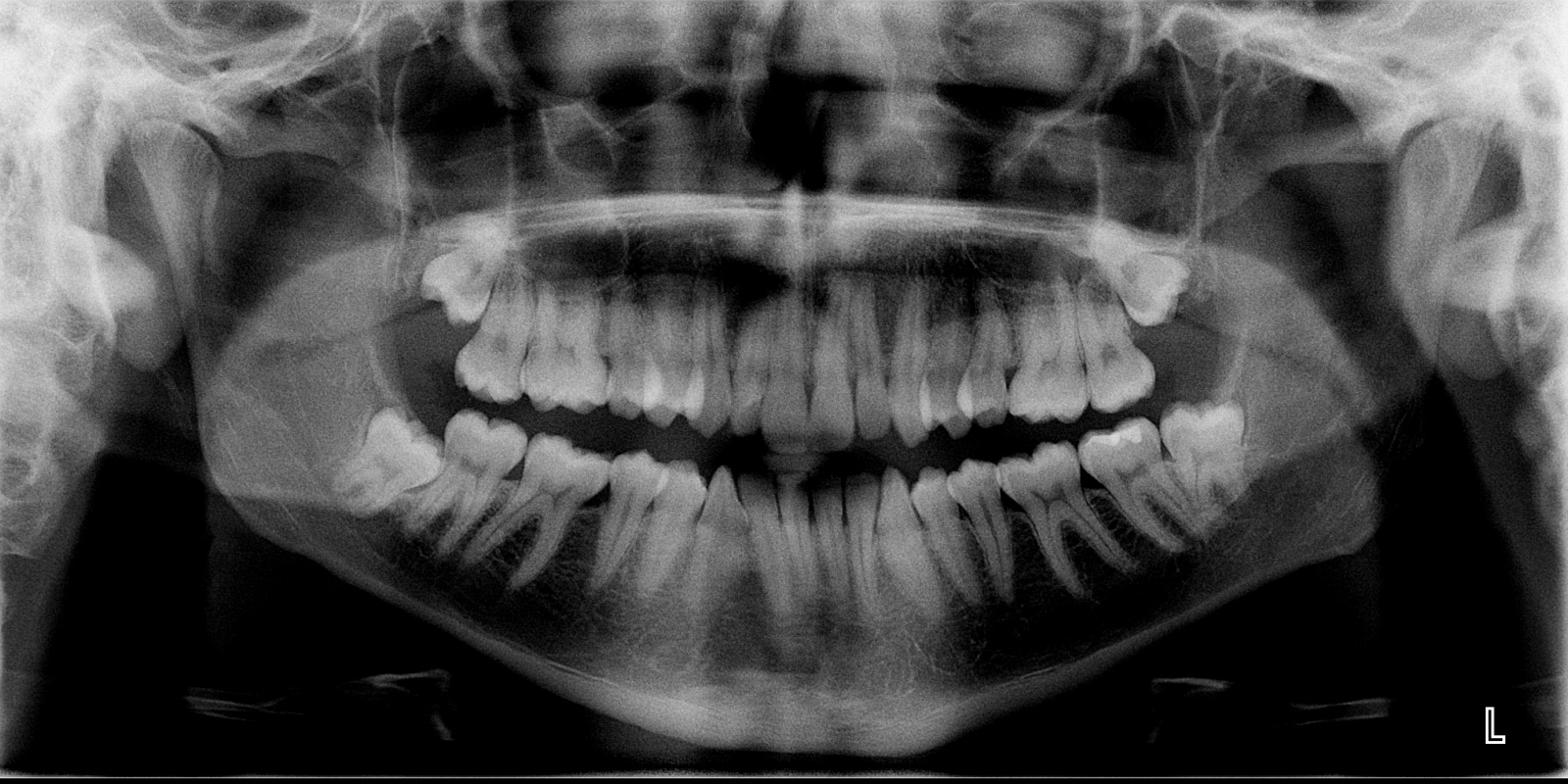DENTAID EXPERTISE
News for dentistry professionals
A guide adapted to Spain to optimise the approach to periodontitis
20 Jan 2022

There are currently numerous clinical practice guidelines to direct the treatment of many systemic diseases (such as diabetes, depression, cardiovascular diseases, etc.), and their implementation in our health system is now routine. However, this process had not reached Dentistry, a situation that has changed with the adoption/adaptation for Spain of the Treatment of stage I-III periodontitis - EFP S3 Level Clinical Practice Guideline.
As Professor Mariano Sanz points out, “this Clinical Practice Guideline for the treatment of periodontitis is the first one that is adapted in our country to the treatment of a dental disease. For this reason, it has been a great responsibility to supervise the process and make sure that all the work has been done rigorously”. Furthermore, according to the expert from the Universidad Complutense of Madrid and honorary patron of the SEPA Foundation, “the leadership of the Spanish Society of Periodontology, along with the collaboration of an outstanding team of professionals and other important institutions, has led us to become an adaptation model for other countries in Europe”.
The authors of this adaptation for Spain are Mariano Sanz, David Herrera, Paula Matesanz, Juan Blanco, Antonio Bujaldón, Elena Figuero, Ana Molina and José Nart, aided in this process by about thirty leading experts in our country.
A needed adaptation
The adoption/adaptation of a clinical practice guideline approved by a group of experts is a fundamental process behind any guide, since its practical recommendations and guidance must be applied at the national level by health professionals; otherwise, it no longer completely makes sense. “Without a doubt”, underlines Prof. Sanz, the promoter and one of the directors of the project who made it possible to prepare the EFP Clinical Practice Guideline, “no matter how great the impact this clinical practice guideline has at the European level, its value lies in its implementation, and this is only achieved if it is adapted/adopted locally and if the guideline is endorsed by the competent health authorities”. In this case, he goes on to explain, “a great consensus has been reached in its adaptation to our dental setting, which has allowed for endorsement of the Guideline by all the competent Spanish authorities”.
Stage I-III periodontitis is highly prevalent in Spain, where it is common for practitioners in the dental clinic to come across patients in need of treatment”, “so the existence of a guide like this is essential as reference material for all professionals on the dental team”, says Dr Paula Matesanz, from the ETEP (Etiology and Therapeutics of Periodontal and Peri-implant Diseases) Research Group of the Universidad Complutense of Madrid and General Secretary of SEPA.
How does it appear?
The classification of periodontitis introduced at the World Workshop 2017 on the Classification of Periodontal and Peri-Implant Diseases and Conditions, which includes stages and grades of the disease, is intended to link the classification of the disease with preventive and therapeutic approaches, as it not only describes its severity and scope, but also the degree of complexity and risk to an individual.
Based on this, the next step was to agree on evidence-based clinical guidelines that would offer recommendations for treating periodontitis. Thus arose the challenge of developing a Clinical Practice Guideline (CPG) of level S3 for the treatment of stage I-III periodontitis. These S3 CPGs were prepared under the auspices of the European Federation of Periodontology, following the methodological guidance of the Association of the Scientific Medical Societies in Germany and the Grading of Recommendations, Assessment, Development and Evaluation (GRADE) structure.
The rigorous and transparent process included the synthesis of relevant research in 15 specifically commissioned systematic reviews, the evaluation of the quality and strength of the evidence, the formulation of specific recommendations, as well as agreement on these recommendations from leading experts from around the world.
The keys
The EFP CPG proposes an algorithm to assist clinicians in the process of periodontal diagnosis of a new patient, consisting of four sequential steps: 1) identification of a patient suspected of having periodontitis; 2) confirmation of the diagnosis of the disease; 3) periodontitis case classification by stages; and 4) periodontitis case classification by grades
Once diagnosed, patients should be treated according to a gradual approach that, depending on the stage of the disease, should be incremental, including different interventions at each step.
The first step of treatment aims to induce a change in behaviour, motivating the patient to successfully undertake the removal of supragingival dental biofilm and control of risk factors.
The second step (therapy directed toward the cause) aims to control (reduce/eliminate) subgingival biofilm and calculus (subgingival instrumentation).
The third step focuses on treating the areas of the dentition that have not responded adequately to the second phase of treatment [presence of pockets >4 mm with bleeding on probing or presence of deep periodontal pockets (≥6 mm)], to obtain better access for subgingival instrumentation, or with the aim of performing regenerative or resective treatment of lesions that add complexity to the treatment of periodontitis (intraosseous lesions and furcation lesions).
The fourth step is periodontal maintenance, the objective of which is to maintain periodontal stability in all patients with treated periodontitis, by combining preventive and therapeutic interventions defined in the first and second phases of treatment, depending on the gingival and periodontal state of the patient’s dentition.
As Dr Paula Matesanz reminds us, “it is very important to know how, when and in what order the treatment of periodontitis should be implemented, analysing the aetiology of the disease and knowing that treatment success and periodontal stability cannot be achieved if some specific steps are not followed”.
Of the main novel contributions that are included in this Guideline and its adaptation to Spain, Dr Matesanz highlights two fundamental aspects. “Due to the impact they have on public health, I consider the recommendations regarding the use of non-surgical periodontitis treatment adjuvants, included in step 2 of the Guideline, to be very relevant; and due to their involvement in the general health of patients, I would highlight the recommendations related to the control of systemic risk factors and lifestyle, included in both steps 1 and 4, which are essential for the control of the disease and also for long-term maintenance”.
The way this Guideline normalises some hygiene techniques and alternative therapeutic resources, such as laser or photodynamic therapy, is also seen as positive. “It is important for patients and for professionals less trained in Periodontology to discourage the use of treatments that are not endorsed by the literature and that entail an extra cost for both,” says Dr Ana Echeverría Manau, Master in Periodontics and Implants from the Universidad Complutense of Madrid and participant in the process of adaptation/adoption of the CPG in Spain, who believes that “the EFP S3 Clinical Practice Guideline adapted to Spain constitutes a high-impact tool in the protocolisation of the treatment and prevention of periodontitis”.
RELATED ARTICLES

17 Feb 2022
EuroPerio Series: professional discussions and scientific exchange
To keep the global perio community up to date with the latest research findings as well as give a taster of what is to come at EuroPerio10, the…

21 Jan 2022
Xerostomia in COVID-19 positive patients: clinical considerations
Severe Acute Respiratory Syndrome Coronavirus 2 (SARS-CoV-2) the cause of the pandemic known as COVID-19, affects different organs and systems (lungs,…

07 Oct 2021
Prescription of antibiotics in the extraction of third molars
The extraction of impacted third molars is the most common surgical procedure in an Oral Surgery and Maxillofacial Surgery unit. Although it is a…
Sign up for the DENTAID Expertise newsletter
Sign up for the newsletter